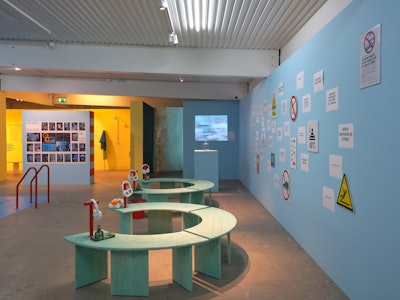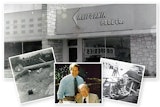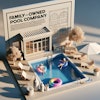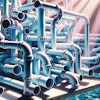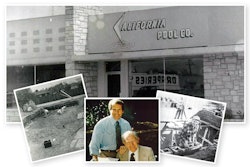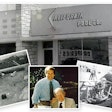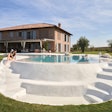
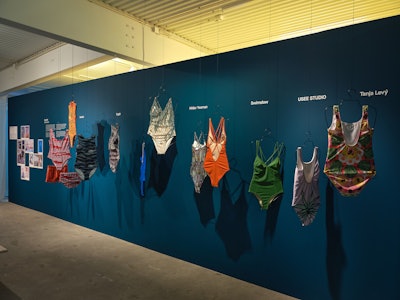

Curated by product designer Brynhildur Pálsdóttir and Iceland University ethnology professor Valdimar T. Hafstein, “Bathing Culture” is part of the annual DesignMarch festival.
“The most important public good in Iceland is the hot water bubbling out of the ground. Our most interesting public spaces are our pools,” says Sigridur Sigurjonsdottir, museum director. “It is here that friends and strangers meet, here that society reveals itself — in swimsuits.”
The exhibition features three distinct sections, each covering a different era in time: “Learn,” “Play” and “Enjoy.”
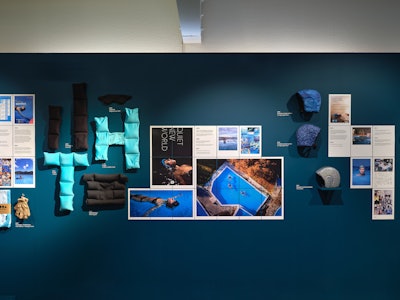
“Learn” is focused on the surge of public pools built in Iceland around the turn of the 20th century. At the time, less than a percent of the nation’s people knew how to swim, and many drowned each year.
“In the first half of the 20th century, pools were educational institutions,” says a statement by the museum. “In addition to learning how to swim, people learned new customs: codes of conduct for a modern society took shape in the pools, accompanied by a new relationship to the body which emphasized hygiene and health.”
Next came the era of “Play.” In the latter half of the 20th century, the public pool became more than just a place to learn how to swim: It was a place to have fun. Hot tubs, steam baths and wading pools became integral features in pool designs.
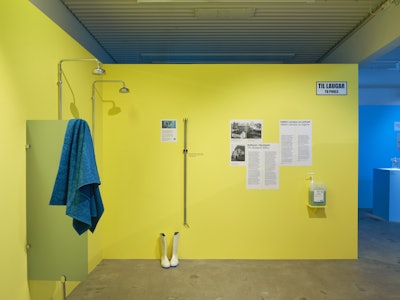
“The hot tub instantly became a community center, and converted the pools into a public sphere that had been missing in Icelandic towns: a place where strangers and acquaintances cross paths,” the museum says.
The exhibit concludes with the “Enjoy” era, in the 21st century. Today, Iceland’s public pools function as community centers, playgrounds, training facilities and spas.
“Pool culture is increasingly characterized by a spa sensitivity that prizes relaxation, comfort and luxury above all else. In addition to learning and playing, the operative verb is now to enjoy: enjoy the water, enjoy the bodily sensation, enjoy the company,” the museum says. “The emphasis everywhere is on design and experience.”
“Bathing Culture” is open to the public through the end of September.
